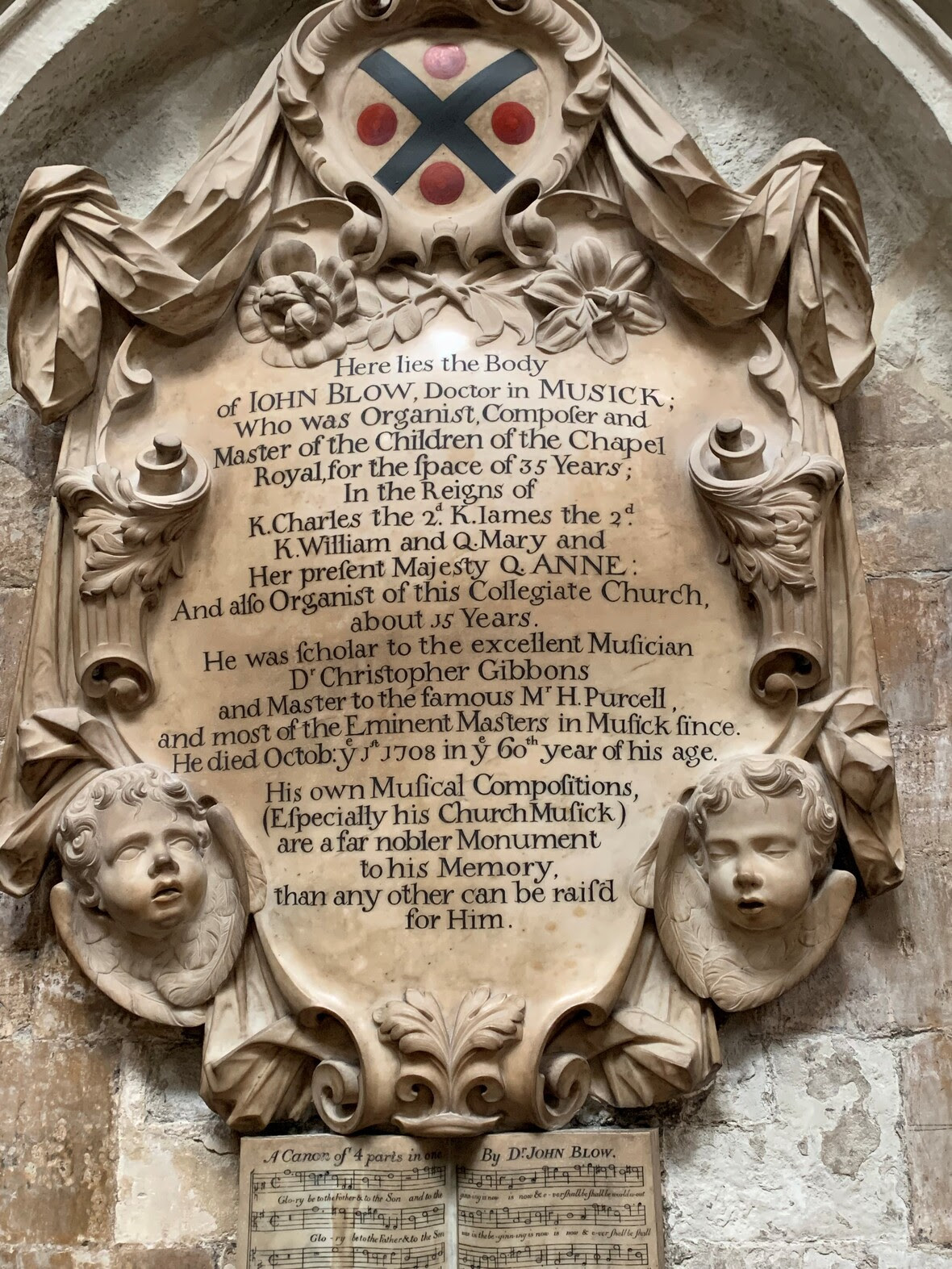
02 Nov Ancestry Newsletter- November 1, 2025
Contents
- 1 ANCESTRY- CHRISTIAN LAND STEWARDSHIP
- 2 ANCESTRY- DELICIOUS HEADSTONES
- 3 ANCESTRY- SORRY, I KILLED YOUR FAMILY MEMBER. I’LL MAKE YOU WHOLE AGAIN WITH WERGILD
- 4 ANCESTRY- HOW DID NORWAY GET INVOLVED IN THE SWEDISH ALFRED NOBEL’S PEACE PRIZE
- 5 ANCESTRY- WHEN YOUR DRIVEWAY BECOMES A STATE PARK
- 6 ANCESTRY- SOCIETY OF CINCINNATI
- 7 ANCESTRY- LOUVRE ROBBERIES
- 8 ANCESTRY- PRESERVE YOUR FAMILY HISTORY, TODAY
 ANCESTRY- CHRISTIAN LAND STEWARDSHIP
ANCESTRY- CHRISTIAN LAND STEWARDSHIP
One of our clients was recently honored by the Texas Department of Agriculture. In addition to her family history, we documented in a book the challenging path she took to restore her family’s lands and then proceeded to donate land for a Texas State Veterans Cemetery.
NEW BRAUNFELS, TEXAS – (October 15, 2025) – The Christian and Jones families have once again shown what it means to walk by faith, build by family, and serve by example. On this blessed occasion, the Texas Department of Agriculture, led by Commissioner Sid Miller (PI), presented the Christian Family with not one, but two 2025 Family Land Heritage Awards—marking the first time in Texas history that one family has received two awards in the same year.
As Ms. Debra Christian and her brother, Mr. Randall D. Christian, Jr., proudly walked forward to receive the recognition for their family’s century-old land, witnesses could feel the weight of history and holiness in the moment. Ms. Christian, a direct descendant of Rev. Butcher Christian, Sr. of the Shiloh Community, seemed to pause in divine reflection—waiting not just for the award in her hand, but for the promise fulfilled through generations of faith, family, and fortitude.
Moments later, that promise became clear. The second award was presented for their mother’s Jones family lineage, making the Christian and Jones families the first in 51 years to receive two Family Land Heritage honors in a single ceremony. Both families have owned and faithfully cultivated their land in White Oak, Texas, for over 100 years, standing as a living testimony to perseverance and God’s faithfulness.
To the Christian family, land is more than property—it is a sacred trust. Under the leadership of Ms. Debra Christian and Mr. Randall Christian, Jr., the family is donating over 64 acres to the State of Texas to establish a Texas State Veterans Cemetery in East Texas, ensuring that those who served this nation will have a place of honor and rest in their home region. No one has ever donated land for such a military honor in the history of Texas.
This extraordinary act of generosity is deeply rooted in a long legacy of military service. As the United States celebrates 250 years of the Armed Forces (1775–2025), the Christian family stands as a shining example of patriotism and purpose. More than 250 descendants of Rev. Butcher Christian have proudly served in the U.S. Military—from the Civil War to the War on Terror—fighting not just for freedom, but for faith, family, and the future.
Commissioner Sid Miller of Stephenville, Texas, reflected, “It was a great day.” Indeed, it was more than great—it was God-ordained. The Christian and Jones families represent what is best about Texas and America: hard work, heart work, and holy stewardship. Ancestry.
Since 1974, the Texas Department of Agriculture’s Family Land Heritage Program has recognized more than 5,000 family farms and ranches that have remained in continuous operation for over 100 years. The Christian family’s dual recognition this year reaffirms the importance of private land ownership and the preservation of generational heritage, especially within the African American community, where land ownership has often been both a struggle and a sacred triumph.
For over 30 years, Ms. Debra Christian has dedicated her life to supporting homeless veterans and their families, creating one of the most effective and compassionate models in the nation for helping them heal, rebuild, and restore their lives.
The story of the Christian family is not just a Texas story—it is a testament of God’s grace, a celebration of family unity, a commitment to faithful land stewardship, and a salute to those who serve.
Thank you, Commissioner Sid Miller, for your gracious heart and steadfast dedication to preserving Texas heritage. Truly, heart work pays off—and faith makes it fruitful.
 ANCESTRY- DELICIOUS HEADSTONES
ANCESTRY- DELICIOUS HEADSTONES
Pumpkin pie, caramel apples, and candy corn usually signal the start of spooky season, but this month, author and archivist Rosie Grant encourages cooking enthusiasts to ring in October differently. Her cookbook of recipes sourced from gravestones makes a macabre addition to any Halloween lover’s kitchen, though Grant wants everyone talking about death and food year-round.
To Die For: A Cookbook of Gravestone Recipes, out October 7, features 40 recipes found on tombstones around the country and beyond, including Sharon Lawrence’s snickerdoodles, Deb Nelson’s (no relation) Red Lantern cheese dip, and Dr. Marty Woolf’s ranch. Though most of the recipe writers are no longer of this world, their signature dishes are carved in stone to keep the flavors — and their memories — alive.
The cookbook is the result of a years-long research project documented on Grant’s TikTok account, @ghostlyarchive, wherein she traveled to every corner of the country to pay witness to headstone recipes and connect with the families of the deceased. Over 200,000 followers have watched Grant honor the dearly departed by cooking their recipes and sharing short videos about their lives.
“I wish I had known these people. They sound awesome,” Grant, 36, said in a phone interview. “Their memory is so alive.”
Grant didn’t set out to write a recipe book. Her journey started very differently: with a digital archives internship at the Congressional Cemetery in Washington, D.C. At the beginning of the COVID pandemic, Grant was pursuing a master’s degree in library and information science at the University of Maryland. As part of the program, she found an internship in 2021, which brought her to the historic cemetery nestled in the nation’s capital.
Grant grew up exploring graveyards in Alexandria, Virginia, where her parents worked as ghost tour guides, so she was eager to learn more about the death industry. “I was very jazzed about it,” she said. Grant initially created a TikTok account to share what it’s like to intern at a cemetery, posting her first video in June 2021.
Like the rest of the world, she was largely homebound as the virus spread. Grant — a self-described home cook — took the opportunity to experiment with new recipes and flavors during the pandemic lockdown. She was also coping with the deaths of her grandmothers, Catherine and Rosemary. Grant found herself reflecting on the dishes they made to feed their kin: Catherine’s yellow box cake, Rosemary’s paella, and maple walnut cake.
It wasn’t long before Grant came across her first gravestone recipe, belonging to Naomi Odessa Miller-Dawson in Brooklyn, New York. Her spritz cookies are simple: butter or margarine, sugar, vanilla, egg, flour, baking powder, and salt. After posting over 100 videos about different types of memorials and historic tidbits, Grant shared Miller-Dawson’s recipe online in January 2022, vowing to start making recipes from headstones.
Grant assumed that would be a rarity. “I really didn’t think there were more than two, more than three,” she said. “And it just kind of kept growing and growing.” She created a mini archive to identify the deceased and track the locations of their final resting places. It’s since expanded to include downloaded obituaries and oral histories with living relatives.
As she circulated more recipes, social media users commented about the meals they make when they miss the dearly departed. “It was just so many very deep, personal stories that people were comfortable with sharing, and I just thought it was so beautiful,” Grant said. Eventually, strangers reached out to her to offer up their loved ones’ recipes. Grant notes that she’s never stumbled across a memorial recipe organically. They’re either sent to her, published online, or included in community archives.
In the early days, Grant paid her respect at the tombs if she happened to be in that particular state for a wedding or a holiday. She’d rent a car and drive to the nearby resting places on her list. With each recipe, she also interviewed relatives of the deceased. Often, Grant would turn to the website Find a Grave and use obituaries to connect with family members.
She estimates that most of the people featured in her cookbook passed away within the last few decades, so finding their flesh and blood was a doable task. She called and sent messages on various social media platforms to introduce herself and explain the project. She asked for permission to include their late relative and learn more about their lives.
“Then, of course, later on, it turned into, ‘Oh, I think I have enough recipes that this might turn into a book,’” Grant said.
Now, she’s traveled to dozens of states in pursuit of gravestone recipes. Grant has visited all of the North American gravestones in her cookbook. Last year, she traveled every weekend, using vacation time to see the markers with her own eyes before the book draft was due in early January—the furthest destination: Nome, Alaska. After three flights over 24 hours, Grant finally reached Bonnie June Rainey Johnson’s headstone. She called it “one of the most rewarding experiences I’ve ever had in the project.” There, she spent days with Johnson’s family, hearing the local history and taking a cemetery tour.
Grant noted that three of the women in her book — Peggy Neal, Cindy Clark-Newby and Christine Hammill — are still alive; they’re just proactive in their end-of-life planning. So she was able to speak with each of them directly. The project has inspired Grant to embrace the death-positive movement. She admits that she used to shy away from thinking about mortality too deeply, which is a sentiment shared by many.
Still, “there’s a lot of other cultures that are just more comfortable with food and death,” she said, pointing to Latin America’s Día de los Muertos, or Day of the Dead, and Asia’s Hungry Ghost Festival. But Americans used to break bread with the dead, too. Some cemeteries even featured tabletop tombstones for picnicking. “You would literally eat on top of the gravestone,” Grant said. Ancestry.
She encourages others to consider how they want to be remembered, and Halloween can be the ideal season for those conversations. “It’s a time that people are more comfortable engaging with these topics,” Grant said. She and her partner are doing just that. They plan to purchase a plot in the Congressional Cemetery, and Grant is already debating which recipe to carve on her gravestone. At present, she’s partial to clam linguine. Ancestry.
Moving forward, Grant wants to learn more about cooking techniques. “My whole bookshelf is either death books or food books,” she said. The Los Angeles resident is also balancing her online presence with a job at the UCLA Barbra Streisand Center, which focuses on women’s studies.
Families continue to reach out to her with more gravestone recipes, and she’s building a new list of memorials to visit, including what will be her first European marker in the Netherlands. After years of pondering life, love, baking and the Great Beyond, Grant has found a common thread among the dearly departed: food as a love language.
“The bottom line is, they all really loved food,” Grant said, “and they use cooking to connect with their loved ones.”
To Die For: A Cookbook of Gravestone Recipes is available now at Amazon and other retailers.

 ANCESTRY- SORRY, I KILLED YOUR FAMILY MEMBER. I’LL MAKE YOU WHOLE AGAIN WITH WERGILD
ANCESTRY- SORRY, I KILLED YOUR FAMILY MEMBER. I’LL MAKE YOU WHOLE AGAIN WITH WERGILD
We mentioned in the last edition, in the article about Wild Bill Hickman and blood money, or wergild. Weregild (also spelled wergild, wergeld (in archaic/historical usage of English), weregeld, etc.), also known as man price (blood money), was a tradition in Germanic law whereby a monetary value was established for a person’s life, to be paid as a fine or as compensatory damages to the person’s family if that person was killed or injured by another.
A weregild or wergeld was a defined value placed on every man graded according to rank, used as a basis of a fine or compensation for murder, disablement, injury, and certain other serious crimes against that person. It was assessed on the guilty party, payable as restitution to the victim’s family.
The wergild was codified, for example, under the Frankish Salic Code. Wergild payment was an important legal mechanism in early Germanic society; the other common form of legal reparation at this time was blood revenge. The payment was typically made to the family or to the clan. Similar to the way a payment was made to a family, it was also a family’s or kin group’s responsibility to ensure the payment for the wrong committed, especially if the offender is unable to cover the cost of the offense himself. Ancestry.
No distinction was made between murder and manslaughter until these distinctions were instituted by the reintroduction of Roman law in the 12th century.
Payment of the weregild was gradually replaced with capital punishment due to Christianization, starting around the 9th century, and almost entirely by the 12th century, when weregild began to cease as a practice throughout the Holy Roman Empire.
 ANCESTRY- HOW DID NORWAY GET INVOLVED IN THE SWEDISH ALFRED NOBEL’S PEACE PRIZE
ANCESTRY- HOW DID NORWAY GET INVOLVED IN THE SWEDISH ALFRED NOBEL’S PEACE PRIZE
Back in 2022, after visiting the Nobel Prize Museum in Stockholm, I wrote about Alfred Nobel’s estate settlement being decided by where his horses were located.
Recently, with attention being given to the Nobel Peace Prize, I wondered, since Alfred Nobel was of Swedish origin, how the Nobel Peace Prize selection committee came to be composed of five ordinary Norwegian citizens rather than Swedish citizens.
The terms were set out in Nobel’s will, and no one knows for sure what Nobel’s thoughts were. However, here is the speculation:
• Nobel’s will stipulated that the Norwegian Parliament should select the committee for the Peace Prize, while Swedish institutions would award the other prizes.
• When Nobel wrote his will, Norway and Sweden were joined in a personal union. It is speculated that he may have seen Norway as a more suitable location for a peace prize, given Sweden’s militaristic history.
• Norway’s parliament had become closely involved in international peace efforts through the Inter-Parliamentary Union. This suggests Nobel may have trusted Norway’s commitment to peace.
• Some historians suggest Nobel’s personal admiration for Norwegian literature and cultural figures, like peace activist Bjørnstjerne Bjørnson, played a role in his decision.
• Nobel’s will left the other prizes to Swedish institutions, which were already well-equipped for fields like science and literature. Peace was the only area left for Norway to administer.
The Norwegian parliament, known as the Storting, has never fully turned over the Nobel Peace Prize decision to citizens. Instead, they appoint a five-member Norwegian Nobel Committee to select the winner, a practice mandated by Alfred Nobel’s 1895 will.
While the general public cannot vote, the selection process evolved to become more independent from the government:
• Government ministers were removed in 1936, a change made after controversy around the 1935 prize awarded to Carl von Ossietzky.
• Active members of the Storting were barred in 1977, further strengthening the committee’s autonomy.
Today, the committee members are appointed by the Storting to six-year terms, but they operate independently of the government. The final decision rests with the five members, although they receive nominations from a wide range of eligible people, including qualified citizens, university professors, and former laureates.
 ANCESTRY- WHEN YOUR DRIVEWAY BECOMES A STATE PARK
ANCESTRY- WHEN YOUR DRIVEWAY BECOMES A STATE PARK
We visited Providence Canyon State Park, located in southwest Georgia. The park contains Providence Canyon, which is sometimes called Georgia’s “Little Grand Canyon”. It is considered one of the Seven Natural Wonders of Georgia.
One of the more unusual attractions of the state park is an abandoned homestead including nearly a dozen rusty, 1950s-era cars and trucks. Due to the environmental damage that removing the vehicles would cause, park officials have decided to leave them alone. Ancestry.
It is a bit surreal to be walking through a scenic park with the ghost automobiles around many corners.
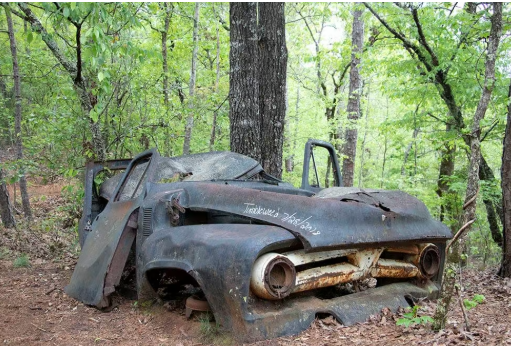

 ANCESTRY- SOCIETY OF CINCINNATI
ANCESTRY- SOCIETY OF CINCINNATI
I had come across the Society of Cincinnati several times. The Society of the Cincinnati is a fraternal, hereditary society founded in 1783 to commemorate the American Revolutionary War, which led to the creation of the United States. Membership is largely restricted to descendants of military officers who served in the Continental Army.
Recently, when we visited the Franklin Pierce home, Pierce Manse (pictured) in Concord, NH, I learned that he was one of the only presidents who met the requirements and became a member.
The Society of the Cincinnati has over 4,400 members residing in the United States, France, and more than twenty-five other countries. The youngest hereditary members are in their twenties. The oldest are over one hundred. A few members—great-great grandsons of their propositi—are only four generations removed from the officers of the Revolutionary War.
Some of the youngest members—great-great-great-great-great-great-great-great grandsons of their propositi—are nine generations removed. Some are direct descendants in an unbroken male line of members reaching back to the founding of the Society. Many more have joined since the mid-nineteenth century, when a change in membership rules allowed for the representation of otherwise qualified Continental officers who, for whatever reason, never joined the Society. Ancestry.
Hereditary members of the Society are qualified male descendants (generally the oldest son, as in primogeniture) of commissioned officers who served in the Continental Army or Navy, or of officers of the French royal forces who served in America during the Revolutionary War. Each member is admitted to one of the fourteen constituent societies (representing the original thirteen states and France) established in 1783.
Original members whose name I recognized included Brockholst Livingston (pictured) Brockholst Livingston, who killed my wife’s distant uncle in a duel on the same grounds that Hamilton (also an original member) was killed, and General Philip Schuyler, one of my wife’s distant cousins, whose homes in Saratoga Springs (pictured) and Albany that we visited this past fall.
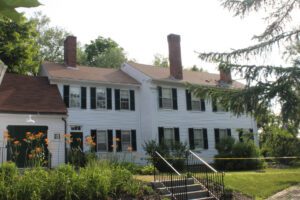

 ANCESTRY- LOUVRE ROBBERIES
ANCESTRY- LOUVRE ROBBERIES
There are countless articles about thefts from the Louvre; here are a few entertaining ones from the prior two centuries.
All of these crimes were committed without a stolen electric ladder truck!
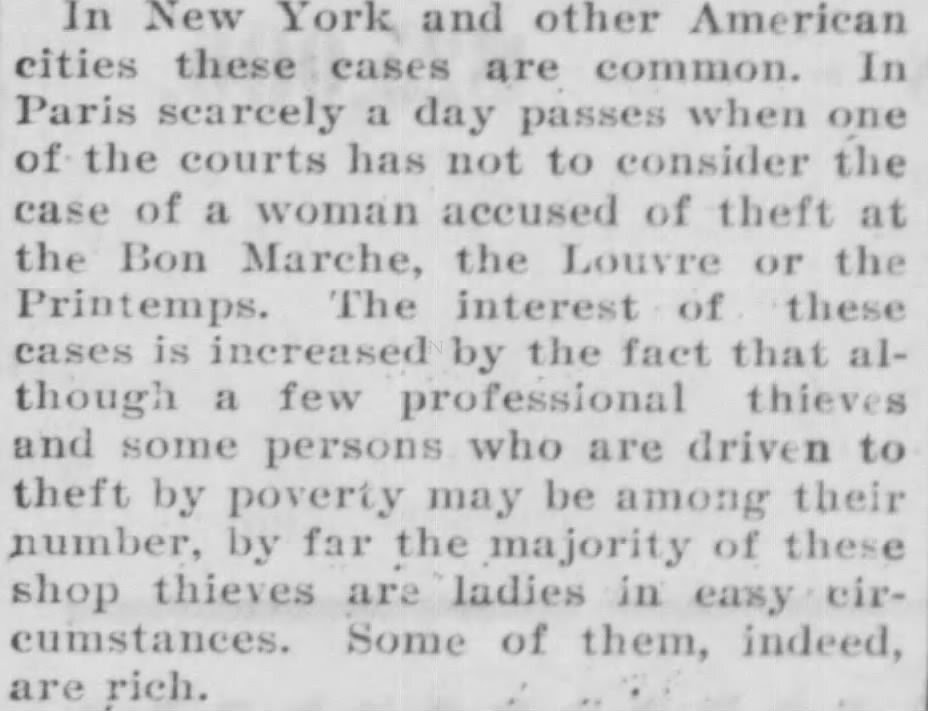
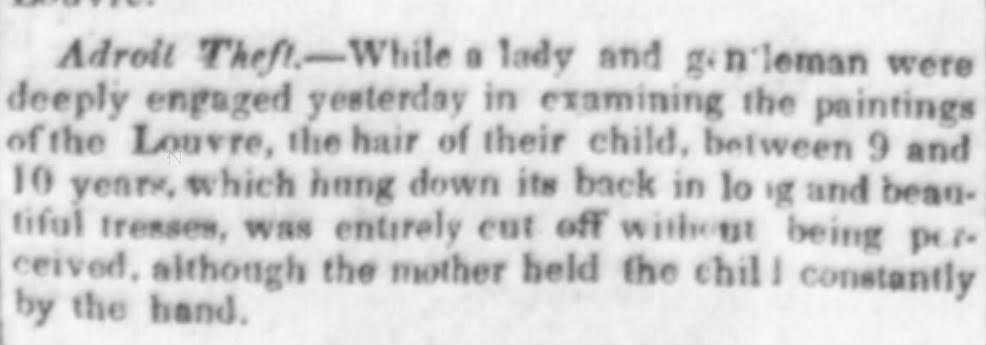
 ANCESTRY- PRESERVE YOUR FAMILY HISTORY, TODAY
ANCESTRY- PRESERVE YOUR FAMILY HISTORY, TODAY
Reach out to Dancestors Genealogy. Our genealogists will research, discover, and preserve your family history. No one is getting any younger, and stories disappear from memory every year, eventually fading from our ability to find them.
Preserve your legacy and the heritage of your ancestors.
Paper gets thrown in the trash; books survive! Ancestry.
Ready to embark on your family history journey? Don’t hesitate. Call Dan Nelson and get your project started!


 ANCESTRY- CHRISTIAN LAND STEWARDSHIP
ANCESTRY- CHRISTIAN LAND STEWARDSHIP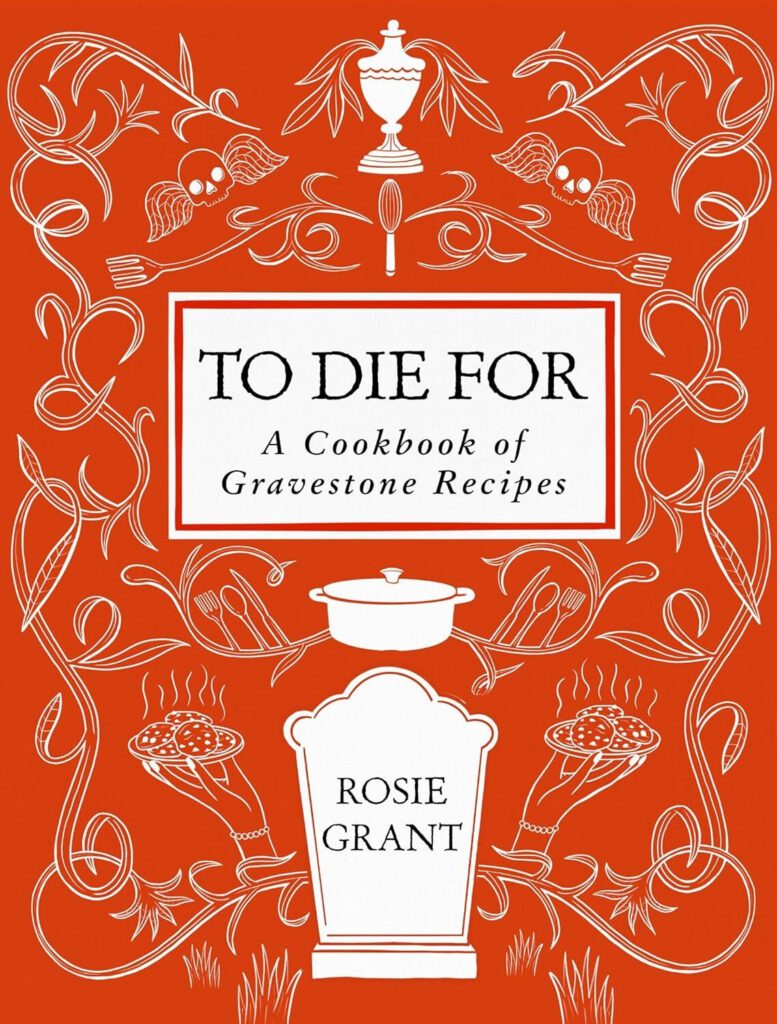 ANCESTRY- DELICIOUS HEADSTONES
ANCESTRY- DELICIOUS HEADSTONES ANCESTRY- SORRY, I KILLED YOUR FAMILY MEMBER. I’LL MAKE YOU WHOLE AGAIN WITH WERGILD
ANCESTRY- SORRY, I KILLED YOUR FAMILY MEMBER. I’LL MAKE YOU WHOLE AGAIN WITH WERGILD ANCESTRY- HOW DID NORWAY GET INVOLVED IN THE SWEDISH ALFRED NOBEL’S PEACE PRIZE
ANCESTRY- HOW DID NORWAY GET INVOLVED IN THE SWEDISH ALFRED NOBEL’S PEACE PRIZE ANCESTRY- WHEN YOUR DRIVEWAY BECOMES A STATE PARK
ANCESTRY- WHEN YOUR DRIVEWAY BECOMES A STATE PARK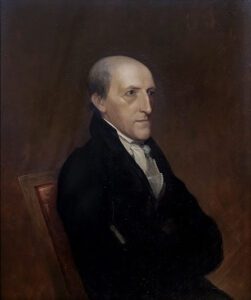 ANCESTRY- SOCIETY OF CINCINNATI
ANCESTRY- SOCIETY OF CINCINNATI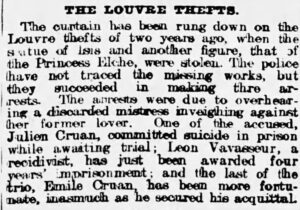 ANCESTRY- LOUVRE ROBBERIES
ANCESTRY- LOUVRE ROBBERIES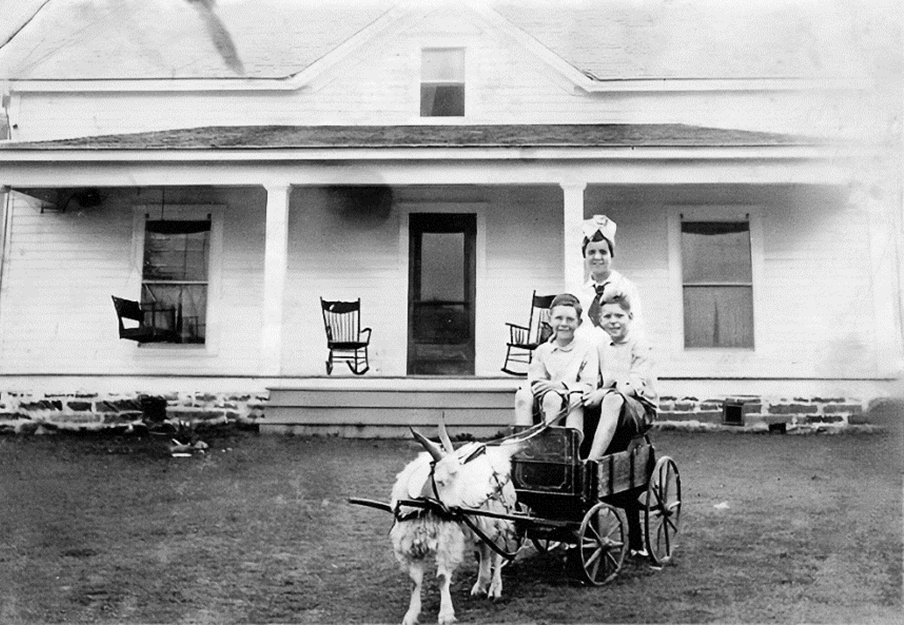 ANCESTRY- PRESERVE YOUR FAMILY HISTORY, TODAY
ANCESTRY- PRESERVE YOUR FAMILY HISTORY, TODAY